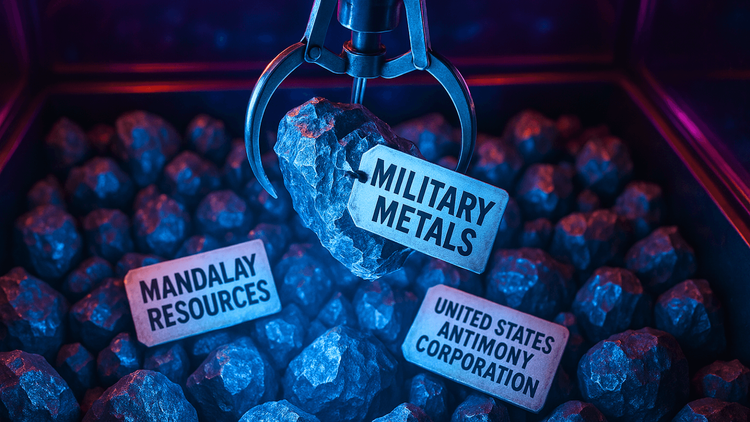Rare Earth, New Delhi: India’s High-Stakes Play
India is quietly transforming its rare earth potential into strategic power, offering a critical alternative to China’s dominance over the global supply chain.

India is no stranger to untapped potential. The country holds one of the world’s largest reserves of rare earth elements, yet for years, it stood silently in the shadow of China’s dominance. That silence is ending. Global pressure is building, markets are shifting, and India is finally signaling its intent to lead.
Rare earths are not glamorous, but they are everything. These are the metals that make our phones smart, our cars electric, our defense systems precise, and our grids greener. From magnets and sensors to lasers and batteries, rare earths are embedded in the very foundation of twenty-first century technology. For decades, China has cornered this market, producing most of the supply and refining nearly all of it. Now, in the face of tightened Chinese export restrictions, the world is looking for a backup. And India is stepping up.
With 6.9 million tons of rare earth reserves, India ranks third globally, right behind China and Brazil. What sets India apart, however, is its beach and sand mineral deposits, which make up about 35 percent of the global total. These sands, particularly in coastal states like Kerala, are rich in monazite, a mineral loaded with rare earth elements. Indian Rare Earths Limited, or IREL, a government-owned firm, has been extracting these resources for years. Until recently, these operations were modest in scale and limited in impact. That is about to change.
Commerce and Industry Minister Piyush Goyal called China’s export restrictions a global wake-up call. It was not just a trade tactic. It was a reminder of how fragile and centralized global supply chains have become. Goyal’s message was direct. India must become a reliable source of rare earths. His comments struck a chord with leaders across the globe, especially in Washington. Geoffrey Pyatt, former U.S. assistant secretary of state for energy resources, echoed this urgency. He emphasized the strategic need for U.S.-India cooperation in securing critical minerals for the future.






